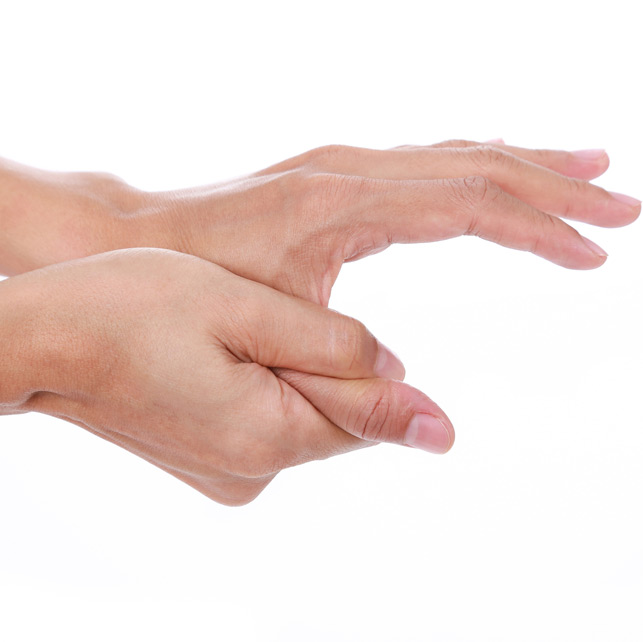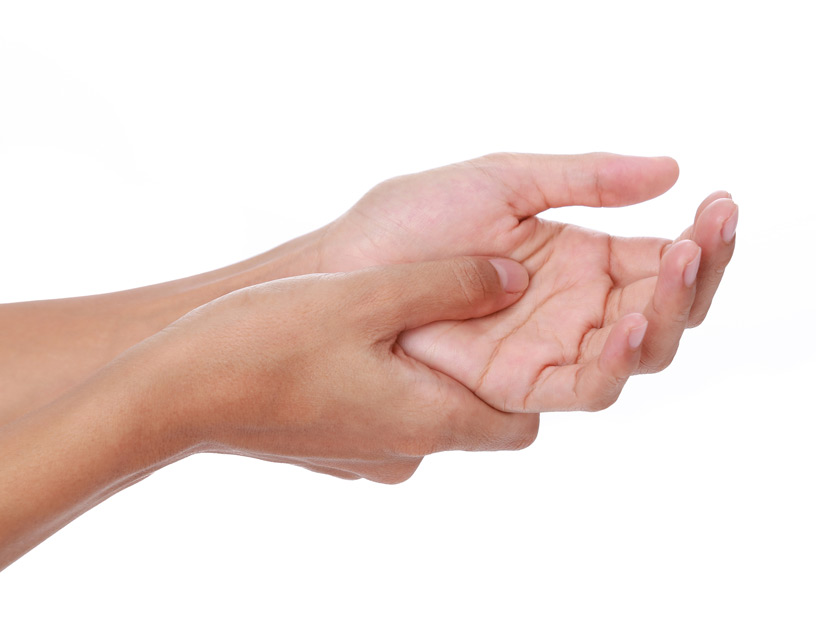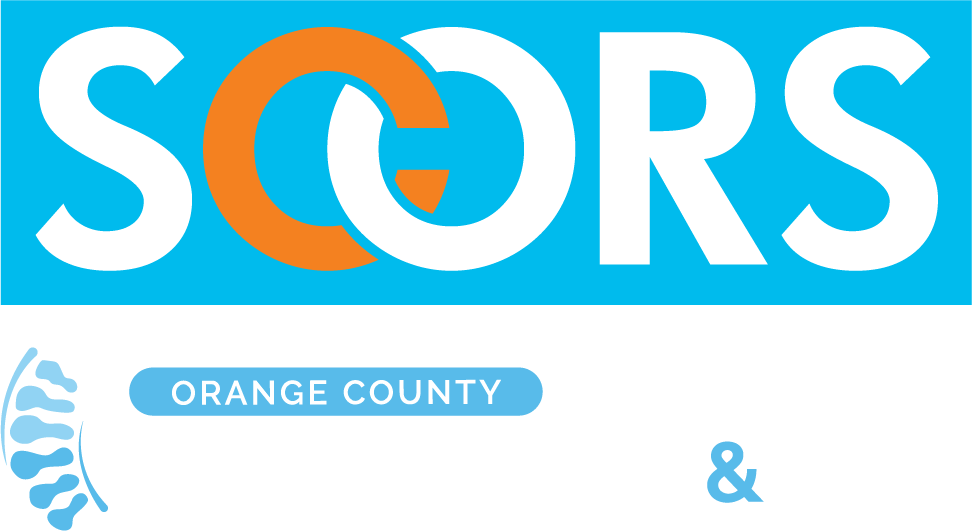
Avoid causing yourself further pain by seeking medical attention for trigger finger.
Trigger finger is a stubborn and frustrating condition in which one of your fingers gets stuck in a bent position. While it might be possible to get your finger straightened out again, doing so causes a painful snap.
- This condition results from inflammation of the tendon in the affected finger
- Avoid the painful snap by seeing your orthopedic doctor
If trigger finger is not promptly treated, your finger could get stuck that way. People who do work or hobbies that require repeated gripping actions are at an increased risk of developing the condition. These activities include writing, painting, and factory work. Women are more likely to get trigger finger, as are people with diabetes who are already experiencing nerve pain and disorders.
Causes
The tendons in your hands are thick, fibrous cords that connect muscles to the carpal and metacarpal bones. Each of your tendons is encircled by a protective sheath. When the sheath is irritated or inflamed, trigger finger is the result. The irritation and inflammation of the sheath interferes with the tendon’s normal movement. Long-term irritation of the sheath can lead to the development of scar tissue and nodules that worsen the condition.
Symptoms

The symptoms of trigger finger usually begin gradually and are mild. They include morning finger stiffness and a popping or clicking sound when you move your finger. As the condition progresses, your symptoms can become moderate and last for a longer duration of time. The advancing symptoms include tenderness, warmth, and a bump or nodule that develops at the base of the affected finger. The most severe symptoms of trigger finger include your finger catching or locking in the bent position and then suddenly popping straight. The worst of the symptoms happens when your finger is bent and you cannot get it to straighten out.
Trigger finger most frequently affects your thumb, ring, and middle fingers. You can experience symptoms in more than one finger at a time. Both hands can also get trigger finger at the same time. The locked bending position is most common in the morning when grasping an object such as your toothbrush or when straightening your fingers.
Treatments
When trigger finger is mild, an orthopedic surgeon may recommend taking non-steroidal anti-inflammatory drugs such as ibuprofen to minimize your pain. Applying ice or heating pads to your palm may also help with the inflammation. Your doctor might have you wear a splint at night to keep your affected finger straight. The splint helps to relax the tendon so that it and its sheath can heal. Stretching exercises might also help to maintain mobility and range of movement in your fingers.
If your condition persists or you have severe symptoms, steroid injections into the tendon may help. An in-office procedure called percutaneous release may also be performed. This involves inserting a sterile needle into the tendon to break up the scar tissue and constriction of the sheath. An ultrasound may be used to guide the movement of the needle. Surgery can also be done to cut open the damaged sheath.

on caring for specific orthopedic needs.

